Here's a brief guide to help you do the groundwork for a
successful wood fuel installation. Detailed specification and
installation project management are not covered since they often
require skills beyond most end users.
The Biomass Energy Centre has also produced a useful guide:
Biomass Heating: a guide to feasibility studies [PDF].
The Carbon Trust has a page
of guidance, tools and template documentation to help
organisations develop and install a biomass boiler or biomass
heating system.
HETAS have developed a series of Consumer Advice Sheets
that are free to download from the HETAS website.
-
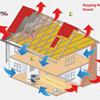 1
1
Review energy efficiency
Take any steps you can take to insulate your buildings. If you buy a boiler and insulate later, the cost will be higher than necessary and it will work less efficiently.
More on energy efficiency
-
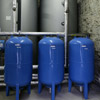 2
2
Work out your heat needs and boiler/stove size
Getting your boiler size right will save you money. Over specifying your boiler will make it run less efficiently and lead to higher fuel costs as well as higher carbon emissions.
More on boiler sizing
-
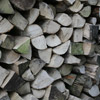 3
3
Find out what woodfuel is available to you
Using a local supplier is essential to keeping down costs and carbon emissions. The system types you can choose from depend on what type of woodfuel can be supplied.
More on sourcing woodfuel
-
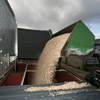 4
4
Think about fuel storage and delivery access
Wood fuel storage and delivery access are key issues. You need to assess how much storage you need, what space is available, and how accessible it is, before designing a system.
More on storage and delivery access
-
 5
5
Review regulations
Get to know the relevant building, planning and smoke control regulations for your wood fuel project at an early stage.
More on regulations
-
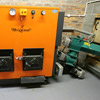 6
6
Choose the type of heating system
Once you have completed the first five steps, you should be able to choose the most suitable type of equipment to meet your heat demand, building layout and wood fuel availability.
More on types of wood fuel system
-
 7
7
Decide on supply and maintenance contracts
There are a number of different contract options. Fuel suppliers, equipment suppliers and energy service companies (ESCo's) will all offer varying levels of service.
More on supply and maintenance contracts
-
 8
8
Calculate costs and apply for funding
You should now have enough information to get estimates and work out whether wood fuel is financially feasible for you, and to apply for funding if you are eligible.
More on costs and funding
-
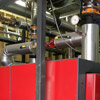 9
9
Specify your system and get it installed
How you go about specification and installation depends on your own or in-house skills, so you need to look at contract options.
More on specification and installation
-
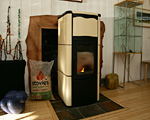 10
10
Maximising Boiler Efficiency
The efficiency of modern woodfuelled boilers ranges between 70-90% and, if used efficiently, they can deliver carbon emissions reductions of over 90% compared to fossil fuels. There are a number of steps which can be taken to ensure that you are maximising the efficiency of your boiler.
More on maximising boiler efficiency